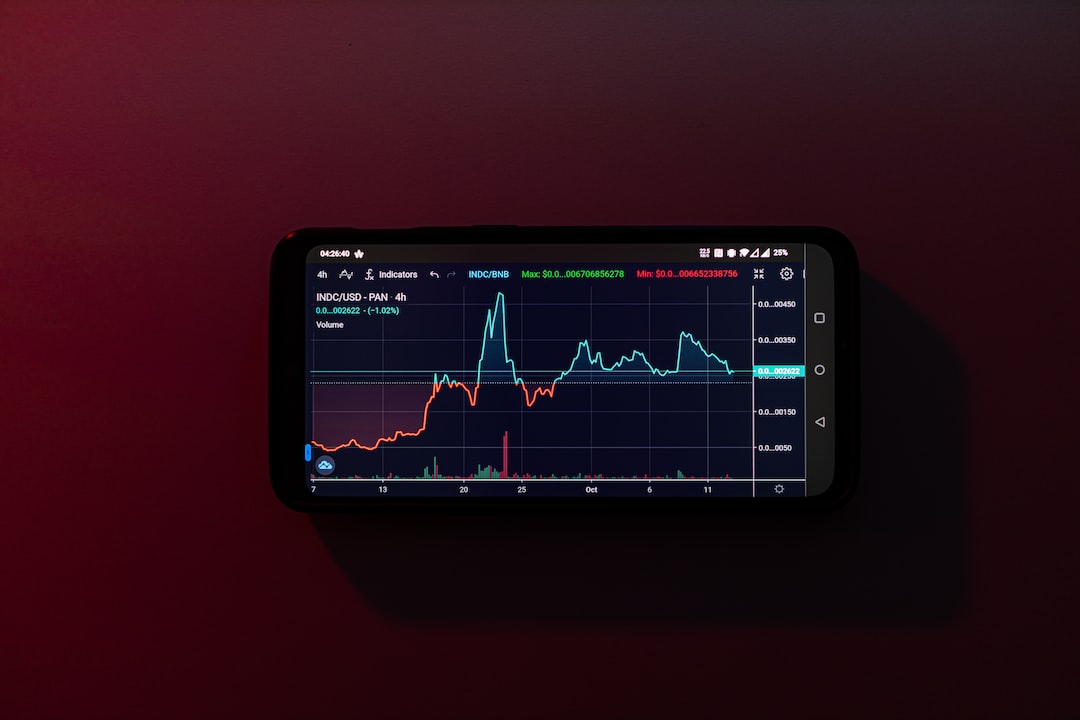Blockchain Interoperability: Bridging ERC-20 Tokens Across Networks
Cryptocurrencies have taken the financial world by storm, with their decentralized nature and potential for exponential growth. One of the key drivers behind this phenomenon is blockchain technology. Blockchain, essentially a distributed ledger, ensures transparency and security in transactions. However, as the number of blockchain networks and cryptocurrencies grows, the need for interoperability becomes increasingly important. In this article, we will explore the concept of blockchain interoperability, specifically focusing on bridging ERC-20 tokens across different networks, and how it can enhance the functionality and utility of cryptocurrencies.
Understanding Blockchain Interoperability
Imagine a scenario where you have invested in multiple cryptocurrencies, each operating on a different blockchain network. There’s Ethereum, the powerhouse behind the majority of decentralized applications (DApps), and then there are other networks like Binance Smart Chain and Polygon, each with their own unique offerings. The problem arises when you want to transfer or use your ERC-20 tokens across these diverse networks. This is where blockchain interoperability comes into play.
Blockchain interoperability is the ability of different blockchain networks to communicate with each other, enabling seamless transfer of assets and information between them. It allows you to transcend the limitations of a single blockchain network and leverage the benefits offered by multiple networks simultaneously. By bridging ERC-20 tokens across different networks, you gain the flexibility of using your tokens wherever you prefer, regardless of the underlying blockchain.
The Significance of ERC-20 Tokens
ERC-20 tokens are a specific type of cryptocurrency token that adhere to a set of standardized rules on the Ethereum blockchain. These tokens have gained massive popularity due to their simplicity and compatibility with a wide range of decentralized applications. Many of the most successful cryptocurrencies, such as Chainlink, DAI, and Uniswap, are based on the ERC-20 standard.
Benefits of Blockchain Interoperability for ERC-20 Tokens
The concept of blockchain interoperability holds significant advantages for ERC-20 tokens and their holders. Here are a few key benefits:
1. Expanded Accessibility: By bridging ERC-20 tokens across networks, you unlock a world of opportunities beyond the Ethereum ecosystem. This means your tokens can be used in an ever-expanding range of decentralized applications, regardless of the blockchain they operate on.
2. Enhanced Liquidity Options: With blockchain interoperability, you can tap into liquidity pools and decentralized exchanges on different networks. This opens up a wider array of trading opportunities and potentially higher liquidity for your ERC-20 tokens.
3. Risk Mitigation: Diversifying your holdings across multiple blockchain networks reduces the risk of being solely dependent on a single network. If one network experiences congestion or a security vulnerability, your assets on other networks remain safe and accessible.
4. Improved Efficiency: Interoperable blockchain networks allow for faster and cheaper transactions. This means reduced gas fees and quicker settlement times when interacting with different decentralized applications or sending ERC-20 tokens across networks.
The Mechanism of Bridging ERC-20 Tokens across Networks
Now that we understand the significance of blockchain interoperability and its benefits, let’s delve into the mechanism behind bridging ERC-20 tokens across networks.
One popular approach is through cross-chain bridges. These bridges act as connectors between blockchains, facilitating the transfer of assets across different networks. They rely on smart contracts to lock ERC-20 tokens on one blockchain and mint equivalent tokens on another blockchain. This process ensures the seamless movement of tokens between networks without compromising security or decentralization.
Several projects have emerged to enable cross-chain interoperability with ERC-20 tokens. For instance, projects like Ren Protocol, Chainlink, and Interlay allow holders of ERC-20 tokens to mint their equivalents on alternative blockchain networks. These bridges enable users to access the unique features and capabilities offered by each blockchain, thereby maximizing the utility of their ERC-20 tokens.
Frequently Asked Questions (FAQs)
1. Can I bridge my ERC-20 tokens between any blockchain networks?
– While interoperability solutions are continuously evolving, not all networks currently support the bridging of ERC-20 tokens. However, there are numerous projects actively working to expand compatibility.
2. Are there any risks involved in bridging my ERC-20 tokens across networks?
– As with any cryptocurrency transaction, there are inherent risks involved, such as potential smart contract vulnerabilities or network congestion. It is essential to conduct thorough research and exercise caution when utilizing cross-chain bridges.
3. How long does it take to bridge ERC-20 tokens across networks?
– The time required for bridging ERC-20 tokens can vary depending on the specific blockchain networks involved and the congestion levels at the time of the transaction. It is advisable to check the estimated transaction times and fees before initiating the bridge.
In conclusion, blockchain interoperability is a crucial aspect of the cryptocurrency ecosystem. By bridging ERC-20 tokens across different networks, users gain enhanced accessibility, liquidity options, risk mitigation, and improved efficiency. As more projects focus on building interoperability solutions, the possibilities for seamless cross-network functionality are set to increase. So, embrace the power of interoperability and unlock the full potential of your ERC-20 tokens in the expanding world of cryptocurrencies.
(Word count: 811)





 By
By
 By
By

 By
By
 By
By
 By
By